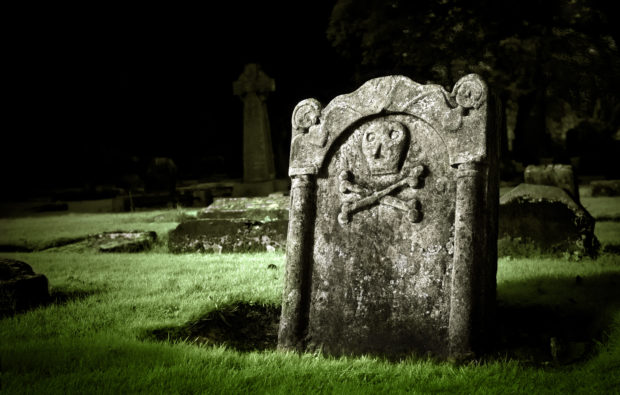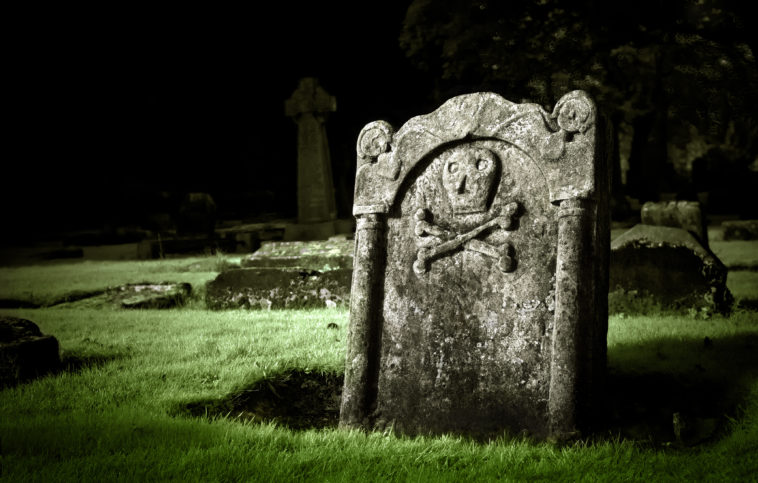Now that blood pressure, heart rate, and respiratory monitors are the foundations of medical care, accidentally being pronounced dead and being buried alive is not a massive fear for many. At least, I hope.
But, before the advent of such critical medical technology, figuring out if someone was really dead was kind of a guessing game.
In fact, even as recently as the early 1900s, cases of premature burials were discovered at least once a week, according to Christine Quigley’s book The Corpse: A History.
So, without modern medicine, people were forced to come up with other creative ways to ensure they did not pass out one day and end up screaming and scratching in a coffin six feet underground the next. And for the most part, innovative coffin designs became the go-to strategy.
Security Coffins
In 1868, a patent was issued to Franz Vester of Newark, New Jersey, for his ingenious invention– the security coffin.
Basically, Franz thought if we could not be sure that people had passed away, then we might as well make their exit from the ground as easy as possible.
More specifically, the coffin design included a ladder, rope, and bell. First, if anyone woke up underground, they could pull the rope which was tied to the bell outside.
The ringing was supposed to alert groundskeepers that someone was alive and needed assistance.

Sign up for Chip Chick’s newsletter and get stories like this delivered to your inbox.


